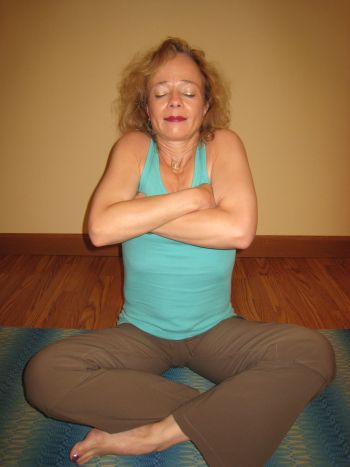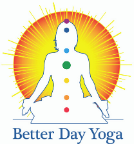
Mudra means “seal” in Sanskrit. It’s a symbolic or ritual gesture using primarily the hands. Each position is believed to have a specific effect. Specific positions can lead to specific states of consciousness symbolized by the hand positions. For example, if a person frequently and with feeling does a position of fearlessness, they will also be freed from fearfulness in time. Mudras are said to engage areas of the brain and/or soul influencing them, sometimes physically, by their use—not unlike an affirmation, or reflexology for that matter.
“One way that all of us can better care for ourselves is by developing techniques for coping
with the irritations and anxiety that are part of life…
Think of these gestures as self-talk for your hands. These simple movements, the gestures
that we often make unconsciously, can help us focus on our work, calm ourselves, release anger and energize us. Used for centuries by many different cultures, mudras are seen in Eastern dance and meditation, in ancient Egyptian friezes, even in Byzantine icons of Christ. Most of us use them today, too: we wave goodbye, we press a hand to our chest in distress, we wriggle our fingers to release energy, or press fingertips together to calm ourselves.
Easy to learn, mudras can be done anywhere, at any time: at traffic lights, in meetings, in
airplanes, when we’re arguing, when we’re grieving, when we need to prepare for sleep. The word mudra can be translated from the Sanskrit as that which brings inner peace, and that s what mudras are: a physical means of quieting our bodies.” Product description for Mudras: Ancient Gestures to Ease Modern Stress by Emily Fuller Williams.
This month’s mudra is really not a “hand” mudra. It’s more of a “full body mudra”. Since this month’s newsletter is all about Yogamint, I am taking the mudra featured in the “Food & Flow” July video from Yogamint’s monthly e-mint newsletter as this month’s mudra. It is a free download available with the video.
Meditation for Emotional Balance (Sunia(n) Antar)
(as taught by Yogi Bhajan)
Mudra: Sit cross-legged on a flat surface; apply a neck lock to ensure that the spine is really straight. Place arms across the chest and lock hands under the armpits, with palms open and against the body. Raise the shoulders tightly against the earlobes, without cramping the neck muscles. Apply neck lock*.
Eye Position: Close the eyes.

Breath: The breath will automatically become very slow.
Time: Continue for 3 minutes and build up to 11 minutes.
Comments: The balance in the body between air, water, earth and ether needs to be correct for you to be happy. This meditation works on balancing the emotions in the body. The body is about 70% water so start with drinking a glass of water to make sure that your body is hydrated. After 2 to 3 minutes the breath will automatically start to slow down. Thoughts will still be there, but you start to have less attachment to your thoughts. This is an effective meditation to balance the air and water in the body to create emotional harmony.
Normally we breathe 15 times a minute, but when we are able to rhythmically slow down the breath to only 4 breaths per minutes we have indirect control over our minds. This control eliminates obnoxious behaviors, promoting a calm mind regardless of the state of affairs.
(*To apply the neck lock:
Sit comfortably with a straight spine. Lift your chest and sternum upward. Stretch the back of your neck gently straight by pulling the chin in toward the back of the neck. Keep your head level and centered without tilting forward or to either side, ie., don’t just bring the chin towards your chest. Keep the muscles of your face, neck, and throat as relaxed as you can.
The neck lock is automatically applied by the shift of relative position between the chin and chest. Do not force your head forward or down. It is common for new yoga students to stretch the neck when other parts of the body are not flexible. When you apply the neck lock, you allow your neck to be open and maintain its natural structure, which helps you maintain better spinal posture in general. The neck lock also “seals” the energy that is generated in the upper areas of your brain stem, so it becomes easier to focus and meditate. http://www.harisingh.com/newsKundalini.htm)

